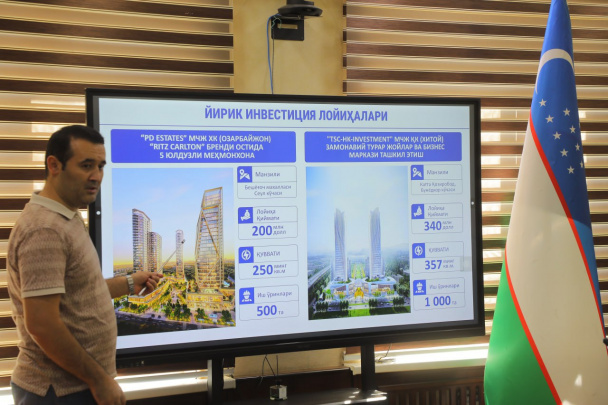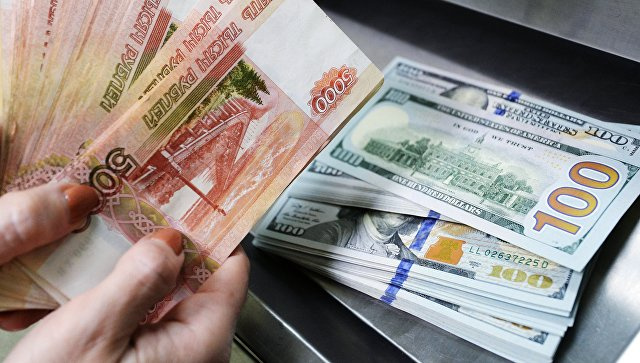Scorching heat to hit Uzbekistan: Temperatures May reach 45°C
Uzbekistan is forecast to experience one of the strongest May heatwaves in recorded history between May 14 and 17. Crops in oasis regions will be particularly stressed by the extreme conditions, and preemptive irrigation is advised, says Erkin Abdulakhatov, a regular expert in Kun.uz’s “Weather and Agriculture” series.
The interview was conducted by Kamoliddin Ikromov, head of the Agribusiness Association.
It’s being reported that an abnormal heatwave could hit mid-week. In your view, will it resemble the kind of extreme heat we usually see in July?
Yes, exactly. Due to the intensity of the current heat, weather stations may register new records for May — temperatures not previously observed during this month. In desert areas like Mashiqduq in Navoi, maximum temperatures could reach +45°C. Because this scorching heat will be accompanied by hot winds, a garmisol phenomenon may occur, which can negatively affect crop development. The strength of this heatwave is comparable to that of mid-summer.
This upcoming heatwave is linked to a thermal depression developing in the southeastern part of Central Asia, which will later impact southern regions of Uzbekistan and Kazakhstan. Over the past 65 years, this type of thermal depression has only been recorded in our region during the summer months. This may be the first time we witness it in May.
Initially, the heatwave will hit Khorezm, Bukhara, and Navoi regions hardest. By Thursday and Friday, it is expected to expand to Jizzakh, Samarkand, Kashkadarya, Surkhandarya, Syrdarya, and Tashkent regions. On Friday and Saturday, residents of the Ferghana Valley may also suffer from the extreme heat.
Because this heatwave is occurring unusually early in the year, it may be felt more intensely at night due to increased atmospheric humidity. Oasis crops are expected to suffer more stress compared to those in other regions. Therefore, pre-irrigation before the full impact of the heatwave is recommended.
In the comments under our previous episodes on weather and agriculture, some viewers asked about the possibility of artificial rainfall technology being used in the Konimekh district of Navoi region. Do you think such rainfall was actually generated there?
Many countries around the world have implemented artificial rainfall technologies. For instance, in northwestern China, ionization of the atmosphere — similar to what was reportedly done in Navoi — resulted in up to a 23% increase in rainfall. In the UAE, similar ion-based interventions from aircraft achieved up to a 30% increase in precipitation.
However, the results haven’t been consistent everywhere. In Arizona, USA, the technology didn’t prove effective. In many cases, despite the artificial intervention, rainfall volumes matched the forecasted natural amounts — which effectively means a 0% increase.
When considering the economic feasibility and atmospheric impact of such technologies, it is crucial to coordinate closely with national meteorological agencies.
Related News

16:19 / 25.07.2025
Chinese developer to invest $340 million in Tashkent residential and business project

18:25 / 24.07.2025
Fake traders scam people in Uzbekistan with promises of 25x returns in one hour

16:52 / 24.07.2025
Tashkent LLC director and manager charged with fraud over fake job offers in Germany

19:21 / 23.07.2025



